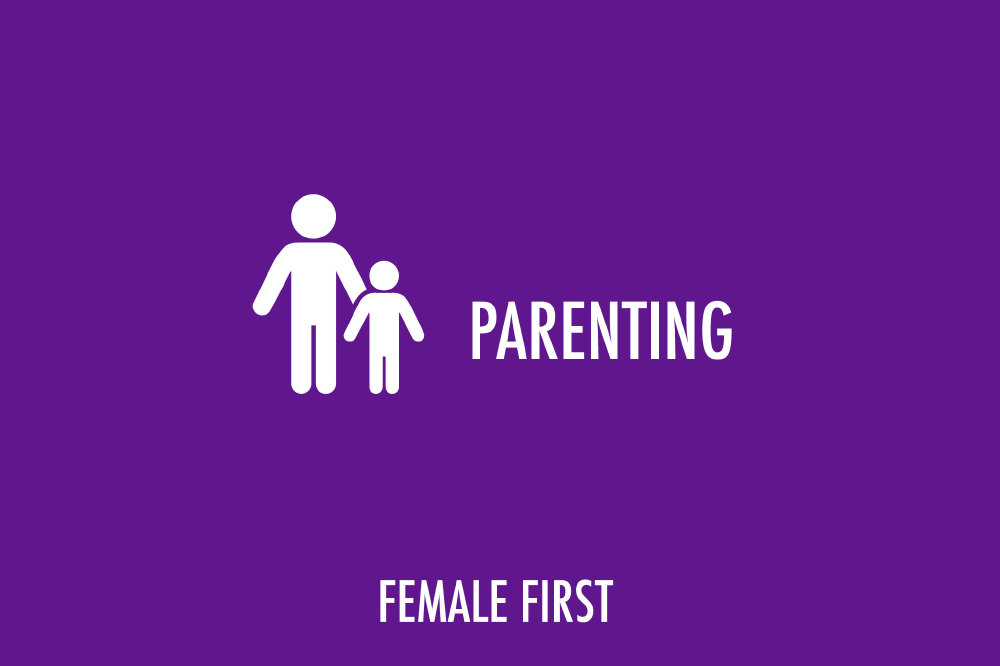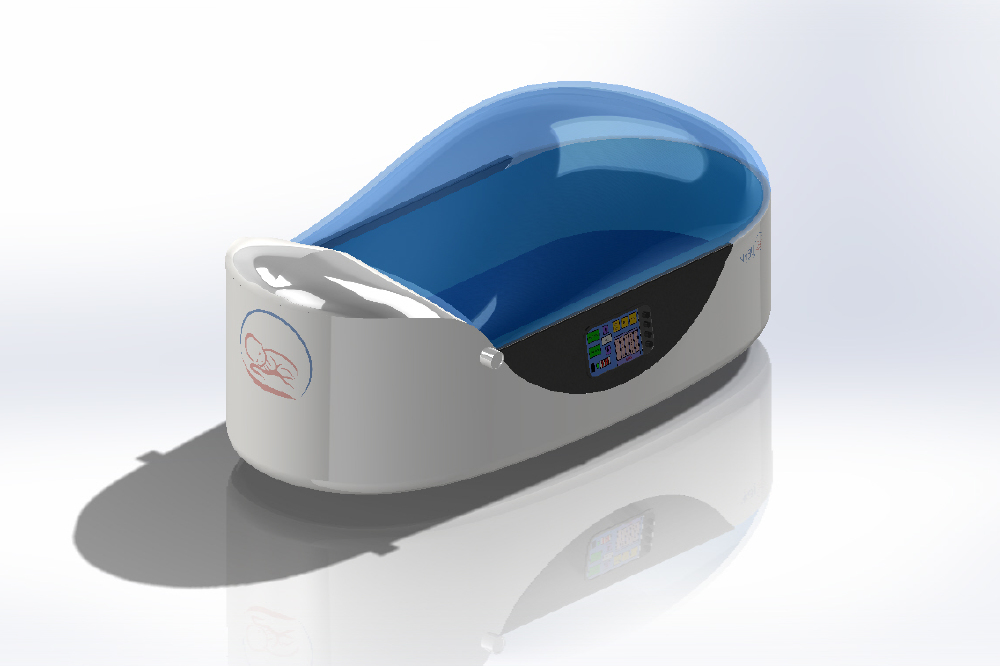Birth is one of the most natural events in the world.

Parenting on Female First
All mammals are born in this way. Historically, however, natural birth has never been completely uncomplicated for both the mother and the baby. The modern Caesarean section method, in which both the baby and the mother survive unscathed, was first carried out in 1881 by Ferdinand Adolf Kehrer in the German village of Meckesheim. Hermann Johannes Pfannenstiel from Berlin modified and refined the method. He is best remembered for “Pfannenstiel's incision", the technique of opening the abdominal wall, which is still standard today.
Success in asepsis, the exclusion of bacteria and other microorganisms during surgery, and developments in anesthesia, blood transfusions and antibiotics has reduced maternal mortality from Caesarean section from 80% to 0.004% between 1890 and today.
Job done? No. For in all the life-sustaining processes for the well-being of the mother, the actual processes of change in the newborn baby’s body have been greatly ignored. The living conditions within the uterus are diametrically different from those outside the womb. Natural birth as such, with all its evolutionary processes such as hormone cascade and labour, serve to trigger vital change processes in the newborn baby’s body.
“The baby is somehow 'kidnapped' into a new environment during a Caesarean section without any warning. The majority of children delivered by C-section are limp, shocked and distressed”, says Petra Sacher, a gynaecologist at the St. Adolph Stift Hopsital in Reinbek near Hamburg. A comparison of the hormone cascade of naturally delivered and a Caesarean delivery shows clearly that important changes in the child's body were simply not triggered.
“Recently I delivered a child in the 40th week of pregnancy but this was still ‘too early’. He was very difficult to calm down and I had the impression that the baby could not actively decide if he was born yet. It was apparent to me that he was really distressed with the situation.”
Caesarean births are up to 50 percent more likely to cause infections and allergies than natural births. The mechanical pressure of labour during vaginal delivery forces the amniotic fluid from the baby's lungs, which is necessary for their respiratory tract. In addition, passing through the birth canal is hard work for the child. This effort is needed to give the body the hormone cascade (adrenalin, noradrenaline-10, cortisol etc.) into the newborn baby’s body. The exertion positively promotes and supports the transition from inter-uterine to extra-uterine environments. The switch to air breathing is essential.
Petra Sacher says, "Caesarean section is a blessing for the safe delivery of complicated births. However, as I am confronted daily with the consequences of C-Sections on babies, the chosen path of the NnBU is just right. Such direct treatment should, in my opinion and that of my colleagues, become an urgent global standard in Caesarean delivery."
The German subsidiary of NnBU (https://nnbu.io) is currently working with Fraunhofer Institut and DMTpe GmbH to develop a medical device to simulate natural childbirth, which will transfer the benefits of natural delivery to children who have been delivered by C-Section.

NCT's helpline offers practical and emotional support in all areas of pregnancy, birth and early parenthood: 0300 330 0700.
Tagged in Pregnancy

